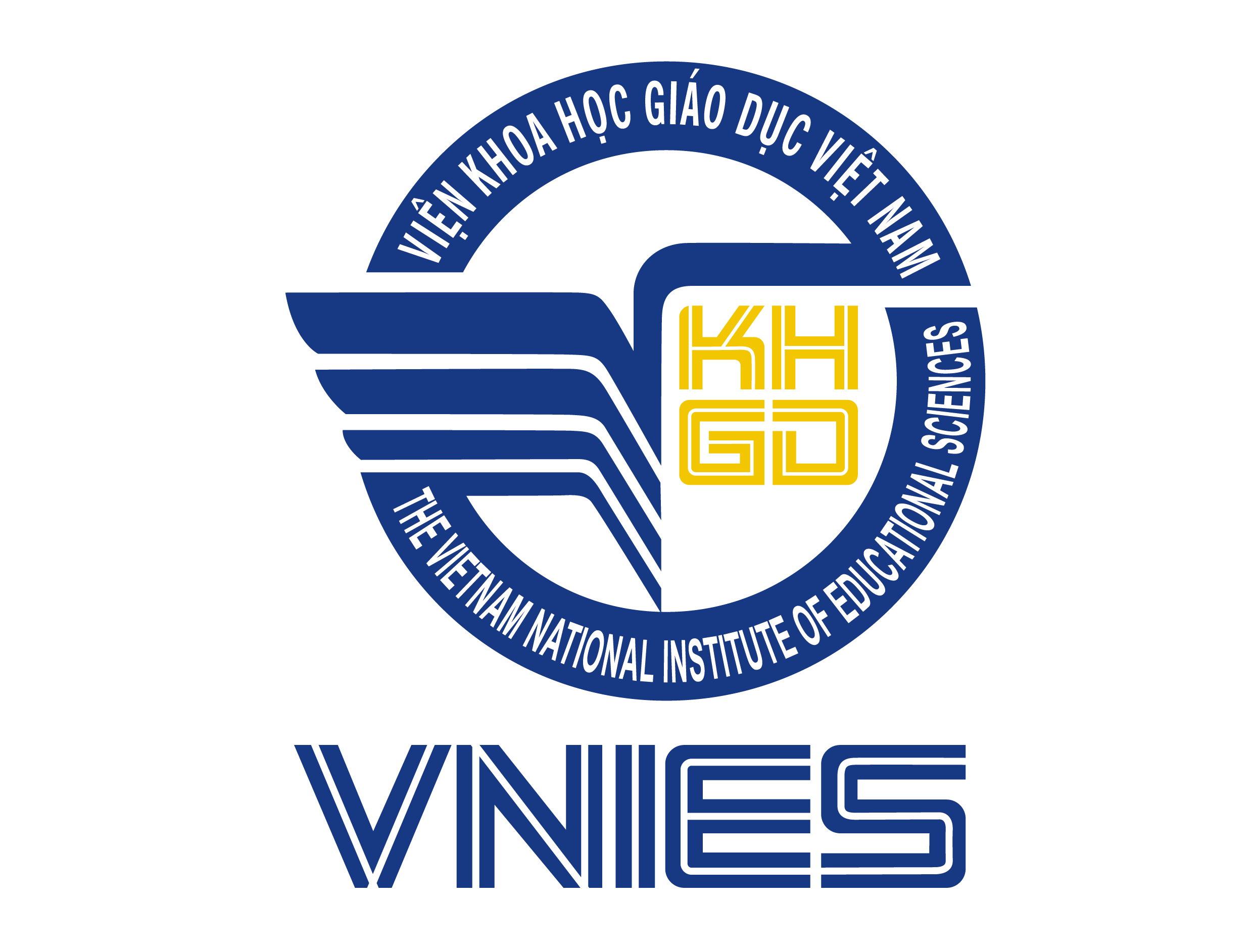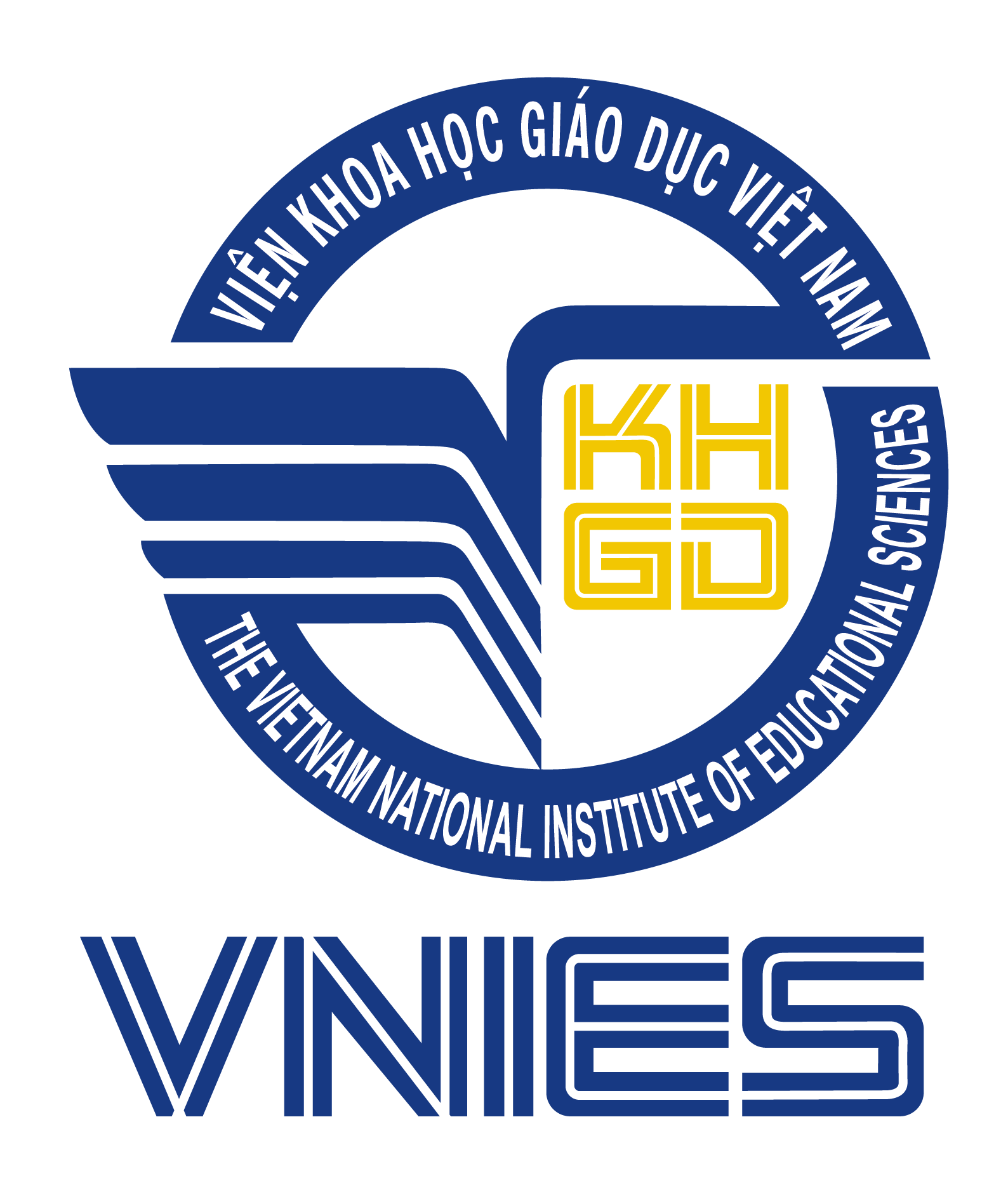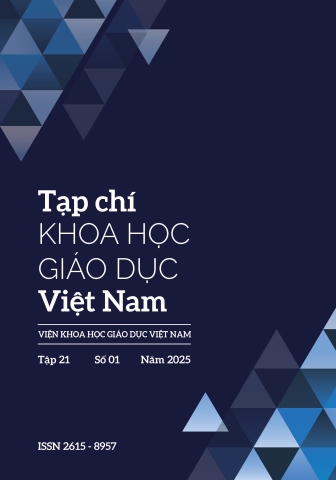[1] Bộ Giáo dục và Đào tạo. (2018). Chương trình Giáo dục phổ thông môn Ngữ văn 2018
[2] David, R.H. (1988). Survey review: Graded readers. ELT Journal
[3] Đỗ Ngọc Thống. (2023). Văn bản đọc hiểu Ngữ văn 8. NXB Đại học Quốc gia Hà Nội.
[4] Harold, P. (1921). The Principle of language Study. Kessinger Publishing
[5] Hoàng Thị Tuyền Linh. (2002). Một số vấn đề về thông tin ngữ nghĩa trong từ điển giải thích tiếng Việt. Luận án Tiến sĩ, Viện Ngôn ngữ học. Thư viện Quốc gia Việt Nam
[6] Hội đồng Quốc gia chỉ đạo biên soạn. (1996). Từ điển Bách khoa Việt Nam. NXB Từ điển Bách khoa.
[7] Jarceva, N. (1990). Encyclopedia of linguistics (in Russian). Moscow Soviet Encyclopedia Publishing House
[8] Ladislav, Z. (1971). Lexicography textbook. Academia Praha.
[9] Nguyễn Ngọc Thùy An. (2020). Xây dựng trang blog hỗ trợ đọc mở rộng trong dạy học môn Tiếng Việt lớp bốn tại Thành phố Hồ Chí Minh. Luận văn Thạc sĩ, Trường Đại học Sư phạm Thành phố Hồ Chí Minh. Thư viện Trường Đại học Sư phạm Thành phố Hồ Chí Minh
[10] Nguyễn Văn Tùng (chủ biên). (2018). Đọc hiểu mở rộng văn bản Ngữ văn. NXB Giáo dục Việt Nam, Hà Nội.
[11] Richard, D & Julian, B. (2005). Extensive reading in the second language classroom. Cambridge University Press.
[12] Reinhard, H & Gregory, J. (1972). Dictionary of lexicography. Routledge London and New York.
[13] Stephen, K. (2004). The power of reading: Insights from the research. Libraries Unlimited.
[14] Timothy, B. (2001). Extensive reading speed and comprehension. An International Online Journal, 1(1), 112–130.


